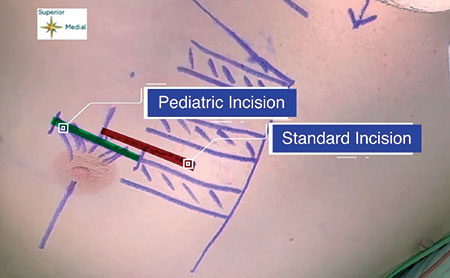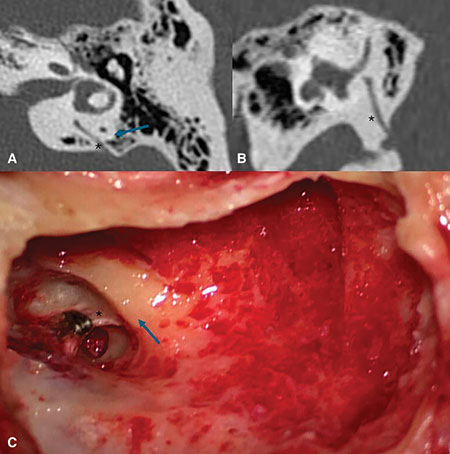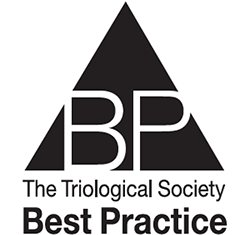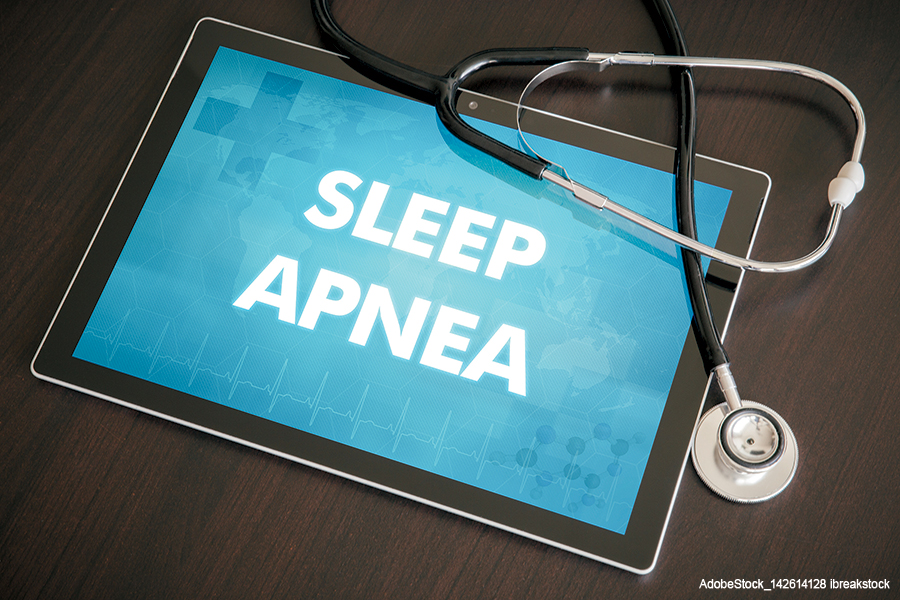Placement of the sensing lead can be challenging in obese and Down syndrome patients. This article presents an alteration in technique for its placement in these patient populations.


Placement of the sensing lead can be challenging in obese and Down syndrome patients. This article presents an alteration in technique for its placement in these patient populations.

This article focuses on the surgical approaches and anatomical variations of the endolymphatic sac during the transmastoid route, which varies with the size of the duct within the petrous bone and its accessibility.

Hypoglossal nerve stimulation (HGNS) therapy has become a more frequently employed tool in the treatment of obstructive sleep apnea since its approval by the U.S. Food and Drug Administration in 2014. One of the benefits of HGNS therapy is the low morbidity associated with the procedure.
Opioid prescription patterns among sleep surgeons in the U.S. remained stable from 2013 to 2021; surgeons with longer tenures exhibited higher rates of opioid prescribing during this time.

HNS was approved by the U.S. Food and Drug Administration in 2014 as a treatment option for patients with moderate to severe OSA who cannot tolerate CPAP.
In two trials, participants with OSA and obesity who received tirzepatide had a clinically meaningful change in sleep-disordered breathing and alleviation of perceived sleep disturbance and sleep-related impairment, as well as reductions in common OSA-related cardiovascular risk factors.

Hypoglossal Nerve Stimulator therapy is an effective and safe surgical option for patients with moderate to severe OSA who cannot tolerate PAP therapy.

When it comes to drug therapy most of the recent buzz has been triggered by data on tirzepatide released at the American Diabetes Association 84th Scientific Sessions, suggesting that the drug may obviate the need for continuous positive airway pressure (CPAP) in nearly half of OSA patients.
What are the influences of different rates of propofol application on the achieved depth and length of the sedation course during drug-induced endoscopy (DISE)?

A new preliminary study at the American Academy of Neurology’s 76th Annual Meeting in Denver showed a positive association between sleep apnea and cognitive decline